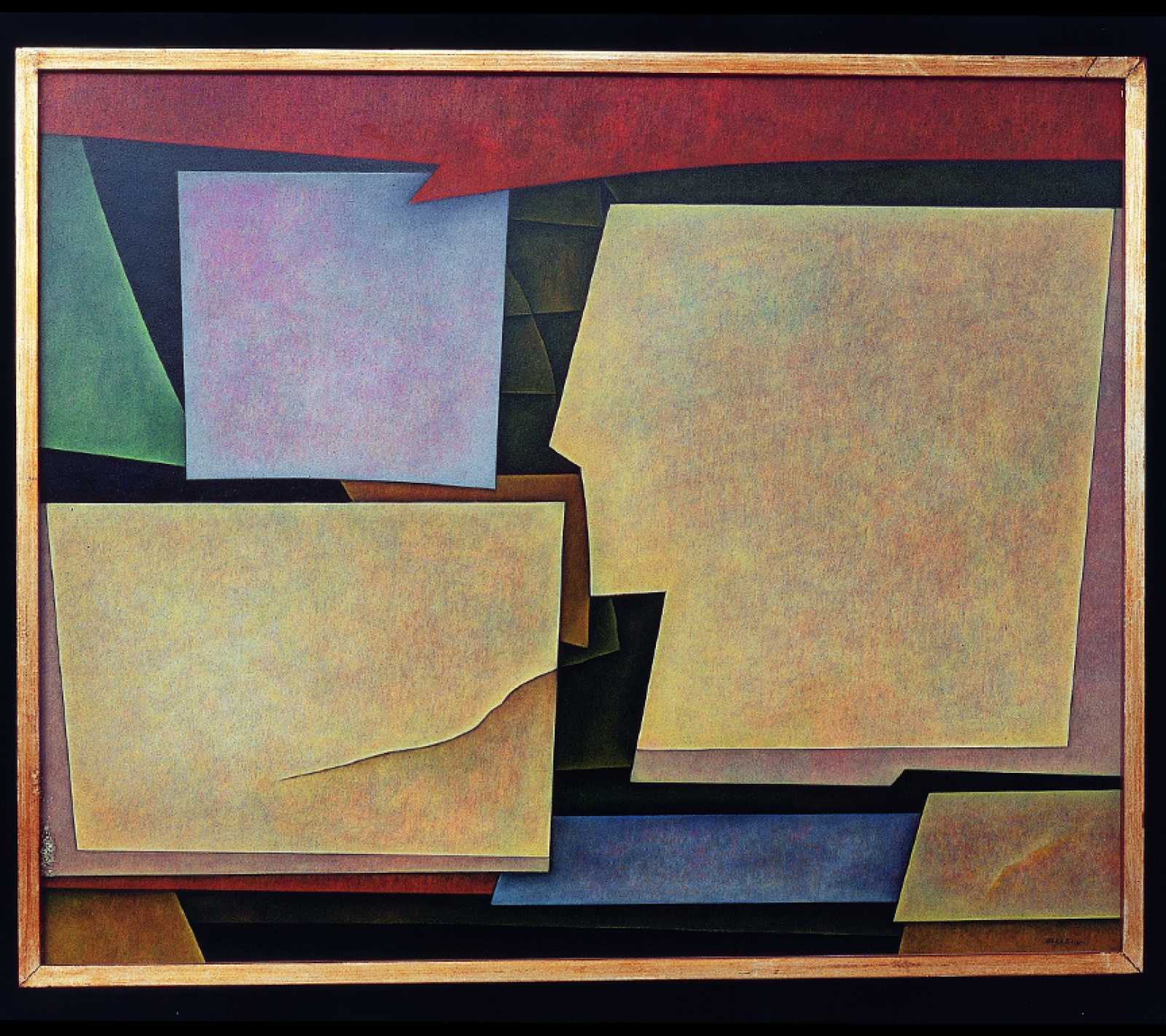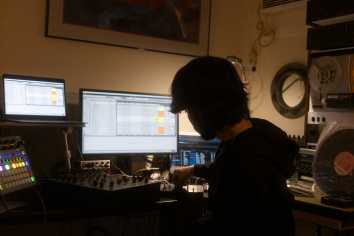Gunther Gerzso
Influenced by modern and abstract art movements—combined with a passion for ancient Meso-American art and architecture—Gunther Gerzso pioneered a form of painting that was distinctly Mexican while also influenced by European art. Gerzso was born in Mexico City to a Hungarian father and a German mother. Educated partly in Switzerland where he lived with an uncle who was an art historian and collector, he discovered the art of Kandinsky and the spiritual prose of Hermann Hesse, a family neighbor. These and other experiences gave Gerzso an unusually broad view of the world.
Gerzso first became known not as a painter, but as a set designer, including for the Cleveland Play House in the United States in the 1930s, where he designed sets and costumes. In the early 1940s, he returned to Mexico at the time of the emergence of its golden age of cinema. Almost every leading film director who worked there, from John Ford to Luis Buñuel, called on Gerzso's design talents.
He found that he approached art differently than his peers in Mexico, many of whom used painting as a platform for social and political protest. In Tres Formas: Ancient Forms, the large, organic, geometric forms appear to float in a dark, mysterious, and infinite space. The porcelain-like surface and saturated, luminous colors were achieved through a refined application of paint developed as a result of Gerzso’s extensive study and experimentation with techniques practiced by Renaissance master painters. The illusion of depth and radiance in his paintings is achieved by layering thin, transparent colors and applying traditional glazing techniques.
Gunther Gerzso (Mexican, 1915-2000), Tres Formas: Ancient Forms, 1964, oil on Masonite,23 ½ x 28 ¾ inches. Gift of Mr. and Mrs. Jennings Lang, 22-1972
-
![Thumbnail image for DJ Series with Oscar Chavez.]()
Performances
Free Thursday Night: DJ Series with Oscar Chavez
January 8, 5:00 - 8:00pm
-
![Thumbnail image for Free Thursday Night.]()
More to do
Free Thursday Night
January 8, 5:00 - 8:00pm
Every Thursday -
![Thumbnail image for Frey House II Tour + Museum Day Passes.]()
More to do
Frey House II Tour + Museum Day Passes
January 10, 9:00am - 2:00pm
Every Saturday -
![Thumbnail image for Cabaret 88 presents: Kecia Lewis.]()
Performances
Cabaret 88 presents: Kecia Lewis
January 18, 19, 20, 21, 2026
SOLD OUT





